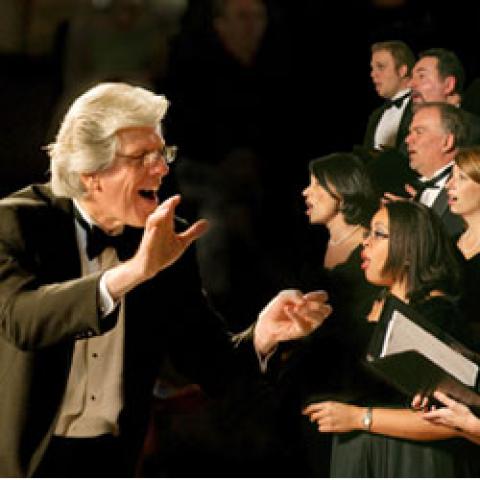Houston Chamber Choir founder and artistic director Robert Simpson has been selected to receive the 2010 Chorus America Michael Korn Founders Award for Development of the Professional Choral Art.
Chorus America established this award to honor an individual for a lifetime of significant contributions to professional choral music. Former recipients include Robert Shaw, Roger Wagner, Ned Rorem, Alice Parker, and Dale Warland. The award was renamed in 1991 in memory of Michael Korn, a driving force in establishing professional choral music within the United States.
In addition to his work with the Houston Chamber Choir, which he founded 15 years ago this season, Simpson is Canon for Music at Houston’s Christ Church Cathedral and Lecturer of Church Music at the Shepherd School of Music, Rice University.
Robert Simpson receives 2010 Chorus America Michael Korn Founders Award
THE DIAPASON



